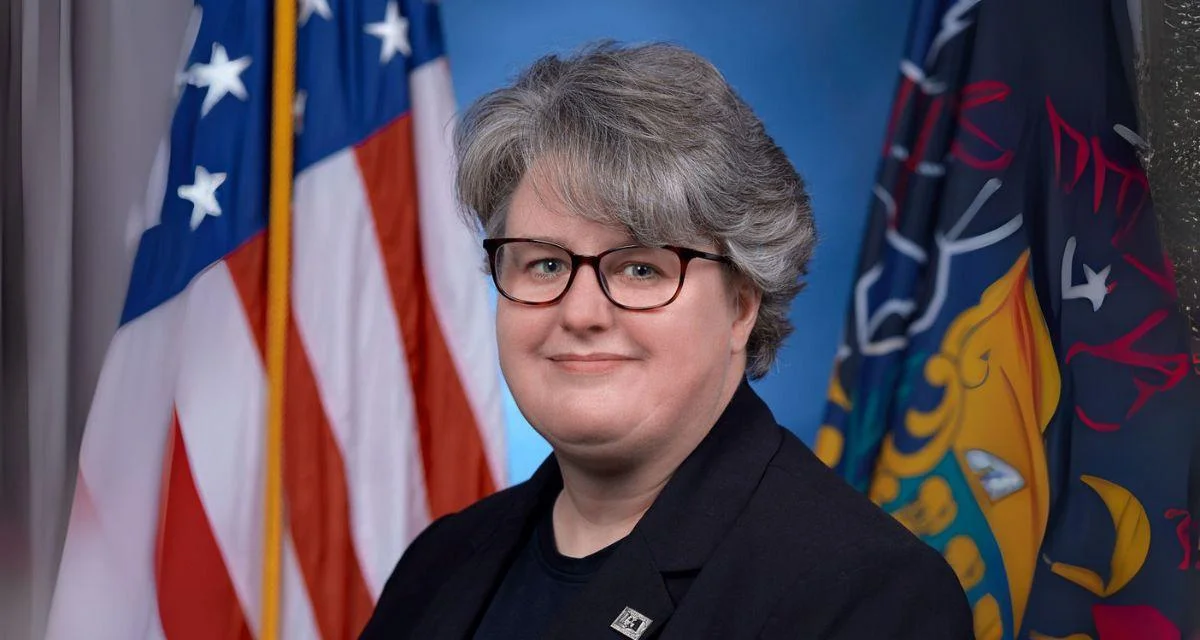
Politics, private schools in the area and the strength of teachers’ unions play a role in how schools opened during the COVID-19 pandemic, the study found. | Stock photo
A recent study by Brown University found that the COVID-19 pandemic has presented a unique opportunity to examine how local governments respond to public health crises when there are high levels and partisan polarization.
"Leveraging the fact that all of the nation’s school districts had to adopt a reopening plan for the fall, we test what factors best predict whether a district chose to return students to the classroom or educate them remotely," the study states. "Contrary to the conventional understanding of school districts as localized and non-partisan actors, we find evidence that politics, far more than science, shaped school district decision-making."
The study found that mass partisanship and teacher union strength were two of the best ways to explain how each school board crafted its reopening plan. The study also found that some districts were sensitive to the threat of private schools and that in districts where there were Catholic schools, the public schools were less likely to shut down and was more likely to go back to in-person learning.
"These findings have important implications for our understanding of education policy and the functioning of American local governments," the study notes.
The study noted that there may not be a way for one party or the other to "clean the streets" but that there were clearly two distinct approaches to reopening schools – one Republican and one Democrat.
"Altogether, we find little evidence that the reopening plans adopted by the nation’s 13,000+ school boards were linked to the public health conditions on the ground in their local community," the study concludes. "This is a starkly important finding that has large implications, both for education policy and the nationalization of local politics in the U.S. more generally."
The study noted that it clearly found a connection between politics and reopening plans.
The study was authored by Michael T. Hartney and Leslie K. Finger.





 Alerts Sign-up
Alerts Sign-up